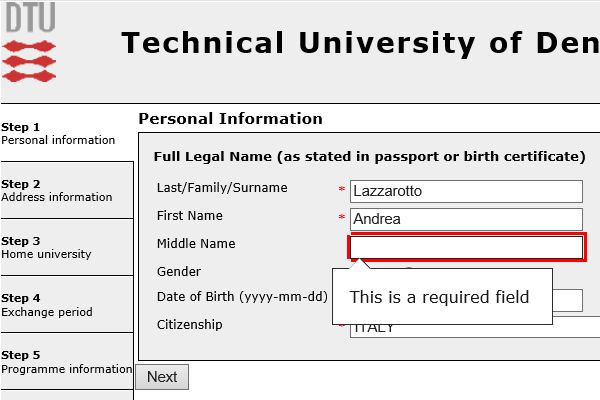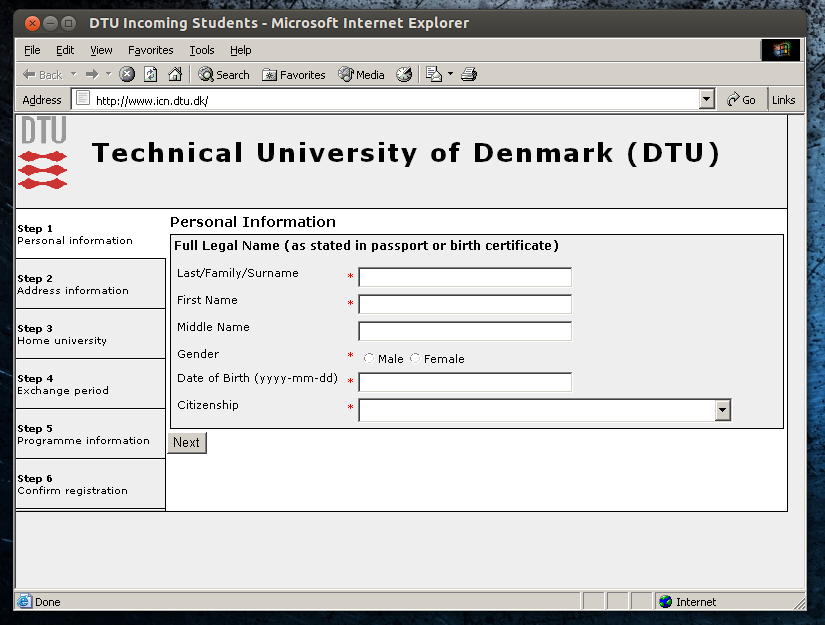Qualche giorno fa ho inviato la documentazione al DTU. L’elenco completo del necessario si trova sul sito ufficiale, sia per gli studenti Erasmus che per altri scambi internazionali. In questo post voglio parlare brevemente dei documenti che ho dovuto inviare io.
Per evitare confusioni, dato che i requisiti potrebbero cambiare, qui trovate la nota che ho salvato per sapere esattamente cosa inviare. Come vedete ho usato Evernote per ritagliare una parte della pagina, aggiungere qualche appunto e inserire le caselle di spunta per ricordare ciò che mancava. Vi parlerò più in dettaglio di questo strumento in un futuro articolo.
Tornando ai documenti, qui ci sono alcuni miei appunti e suggerimenti:
- Stampa dell’application form: ho già affrontato questo tema in un precedente articolo, se usate Linux o Mac è difficile da compilare ma si può fare.
- Copia certificata del transcript of grades: questa è la lista degli esami che avete sostenuto con i relativi voti. Nel mio caso l’ho stampata (in inglese ovviamente) dall’area riservata del sito della mia università e poi l’ho fatta timbrare e firmare dall’ufficio relazioni internazionali.
- Lettera che documenta la conoscenza dell’inglese: il requisito è un po’ vago e onestamente non ho ricevuto molti chiarimenti dal DTU. Ho deciso quindi di inviare semplicemente una fotocopia del test PET che ho conseguito tre anni fa. Inoltre nel mio transcript of grades è scritto che ho superato l’esame di inglese, perciò dovrebbe essere sufficiente.
- Learning agreement: qui dovete prestare attenzione. Una volta che avete fatto firmare il learning agreement dal vostro docente e dall’ufficio relazioni internazionali, non inviate l’originale! Lo dovete sempre conservare. Ho inviato una email a Lyngby per chiedere informazioni: il DTU non accetta una semplice fotocopia, quindi dovrete chiedere alla vostra università di timbrarla e firmarla per garantire che si tratta di una copia conforme.
Ora sto attendendo l’email di conferma. Vi farò sapere!

